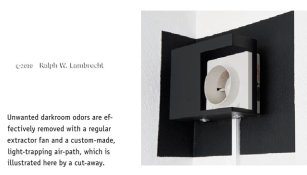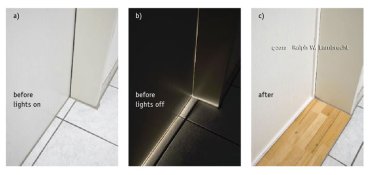Necator
Member
This might be a silly question, but since I just got a Leitz Focomat V35 for free, I would like to get started on my plans for a darkroom in the basement of our house. If I continue to use a changing bag for loading film into the development tank, and only use the darkroom for making prints, does it have to be completely light sealed? I seem to remember that the father of one of my high school friends used the boiler room in their house, without light sealing besides some dark curtains. He only used it after sunset of course.
The room I have in mind is in the basement, with some small windows, where I think about getting some dark curtains, but I will need to keep the window open for ventilation. I would also like to keep the door open, to get air flowing, so there will be some leaks of light. Could that work?
The room I have in mind is in the basement, with some small windows, where I think about getting some dark curtains, but I will need to keep the window open for ventilation. I would also like to keep the door open, to get air flowing, so there will be some leaks of light. Could that work?










 Turns out that the brain filters out much of the noise containing the single-photon information. But, in the statistical sense, the scotopic vision is actually sensitive to a single photon.
Turns out that the brain filters out much of the noise containing the single-photon information. But, in the statistical sense, the scotopic vision is actually sensitive to a single photon.

